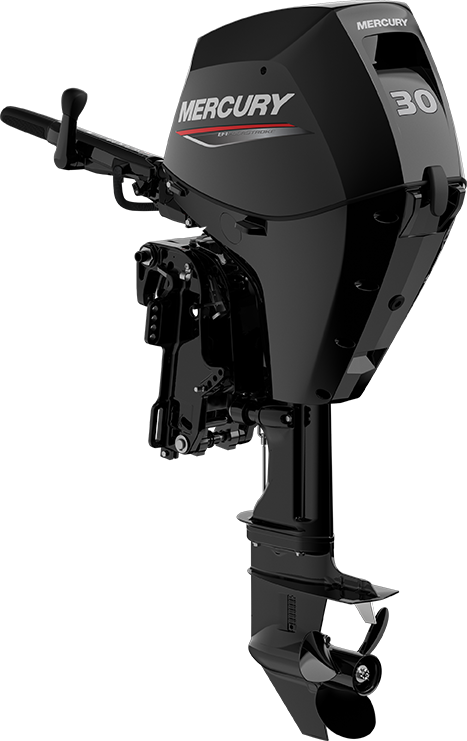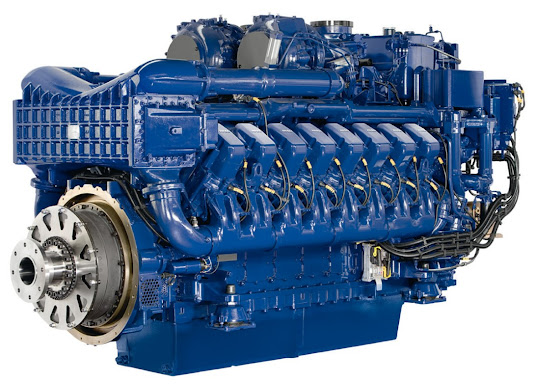New collaboration in the sports cruiser market between Windy Boats and Yamaha Motor Europe
Yamaha Motor Europe has long been a dominant force in the
global marine market, developing high-quality engines using the latest
technology and finest materials available. Yamaha Motor has gained a reputation
for delivering the best possible outboard engines to all users, whether aboard
a large cruiser or small tender. Recent years have seen further technological
developments evolve the brand from a marine engine manufacturer to a complete
boating systems provider that delivers an end-to-end marine propulsion, control
and information system to the user.
The most recent announcement sees Yamaha Motor Europe
confirm their collaboration with high-end Scandinavian boat builder Windy
Boats, cementing Yamaha Motor's position as the brand of choice for boating
systems in the sports cruiser market. This five-year partnership will see
Yamaha Motor Europe and Windy Boats share expertise, as well as the supply of
outboard engines for a variety of vessels.
Understated luxury, unquestionable quality
Established in 1966, the Windy Boats brand was created by
Hugo Vold. Hugo, the son of a Norwegian fisherman, had an inherent
understanding of and respect for the stormy waters around his hometown where
his father worked. This understanding and respect for the ocean has been prevalent
in the design and manufacture of each Windy boat, from the original 24 Cabin
Cruiser, to the latest award-winning Sports Cruiser and SR lines. Today, every
Windy product holds true to the original ethos, not just in the uncompromising
standards and quality of the vessels, but also in the heritage integral to the
brand’s name – Windy – named after Hugo’s father’s original and most trusted
fishing boat, Vindy.
Having established a reputation for quality and endurance,
Windy Boats has gone on to develop a wide range of vessels, each created for
ultimate performance on the water and underpinned by values that users trust
and remain loyal to. As a result, the multi award-winning brand is no stranger
to having its products on the podium, most recently being shortlisted as
finalist for Best Sports Cruiser (up to 45 ft) at the 2022 Motorboat Awards
with the SR44 Blackhawk.
Under the new agreement, the SR44 will be available with
Yamaha Motor’s flagship XTO 425hp V8 outboard engine, delivering incredible
torque throughout the rev range, in addition to precise control and excellent
efficiency from the direct injection, 5.6 litre engine. Windy Boat’s SR28 CC
will also be available with a selection of Yamaha Motor's Premium and High
Power outboards, including the latest 300hp V6, which will deliver exhilarating
performance to this spacious 28 ft day boat.
A complete boat propulsion solution
Yamaha boating systems now feature updates that
specifically aid use and maintenance for multi-engine set ups, essential for Windy
Boats. The past 12 months have seen Yamaha Motor’s users enjoy even smoother
and more controlled steering on large single-engine and multi-outboard vessels,
following the launch of the new V6 300/250/225hp engines. This is thanks to the
Digital Electric Steering (DES) that is now available across the Premium and
High Power segments, from the XTO 425hp V8 to the 150hp outboard engines. DES
ensures minimal steering feedback, which is perhaps most beneficial with
larger, sports cruiser vessels with a high horsepower.
As Yamaha is now operating as a boating systems provider,
users can benefit from a seamless boating experience, as Yamaha Motor’s
innovative technologies span every touch-point from the controls to engines and
gauges. Each element of the boat’s systems comes together in harmony to deliver
unparalleled levels of comfort and control on the water. Owners can enjoy the
exceptional quality of the Helm Master EX control system, with the joystick
control, multi-function colour gauges, Steer-by-Wire and Autopilot among its
many advantages. For a stress-free experience after returning to dock, Yamaha’s
exclusive TotalTilt™ function allows complete engine tilt up at the touch of a
button. This, combined with single-point freshwater engine flushing for multi-engine
vessels, means that Yamaha’s V6 ranges allow captains to focus on their leisure
time, knowing that their outboards have been maintained.
Partnering for the perfect user experience
One of the major advantages of the partnership for Windy
Boats' users is the seamless integration onboard and a wider choice of options,
from fully customisable rigging to colour co-ordination between boat systems
and the rest of the craft.
Trevor Fenlon, Managing Director of Windy Boats explains,'WINDY
has known Yamaha Motor for many years and we are very excited to work with the
Yamaha engineering team once more to bring innovation to the water. We are
proud to say that our all new WINDY SR44 SX will be powered by triple Yamaha
XTO 425hp V8's, where we have already sold the first hull!'
The partnership enhances performance for users too. A vast
wealth of knowledge is shared between partners during the design phase. Work
such as extensive prop testing furthermore facilitates a superior overall
performance in the finished vessel. What's more, users can tailor the vessel to
their exact requirements.
Additionally, thanks to the installation training that
Yamaha gives boat builders, they are ensuring that every feature is optimised
for the best possible boating experience. The benefits of the partnership don’t
stop once the boat is delivered. Industry leading after-sales support leads to
global impact from a united partnership.
‘Like Yamaha Motor, Windy Boats is a truly iconic
brand within the industry. Today’s announcement marks the start of Yamaha Motor
Europe providing Windy Boats with the very finest technology in marine propulsion's systems, such as Helm Master EX control and the Premium range of
outboard engines. Aligning these two strong and prestigious brands ignites a
partnership that will offer the best of two worlds and we look forward to
delivering a wonderfully unique experience to our customers.’ Fabrice Lacoume, Marine Director at Yamaha Motor Europe.
Yamaha Motor Europe and Windy Boats have much in common,
with a shared passion for making every user experience enjoyable and intuitive.
Yamaha’s reputation for quality and performance aligns perfectly with Windy’s
superior designs and will support their commitment to maintaining the loyalty
and trust of their users for generations to come.














